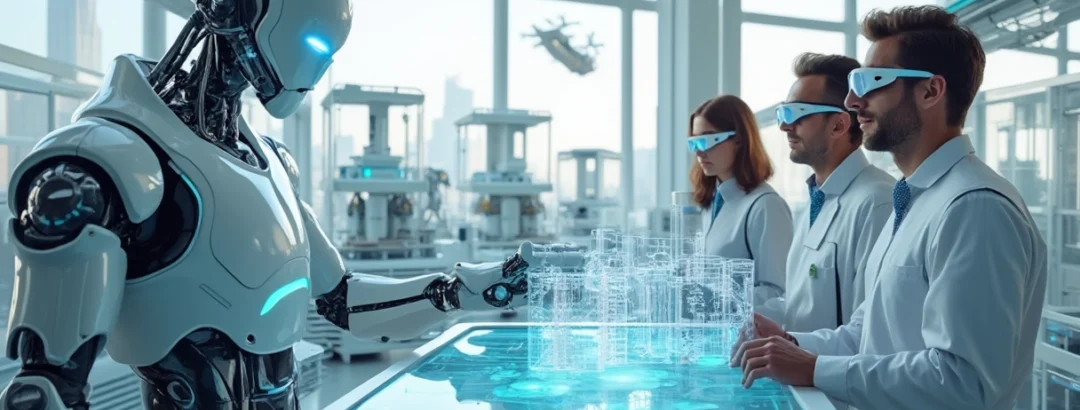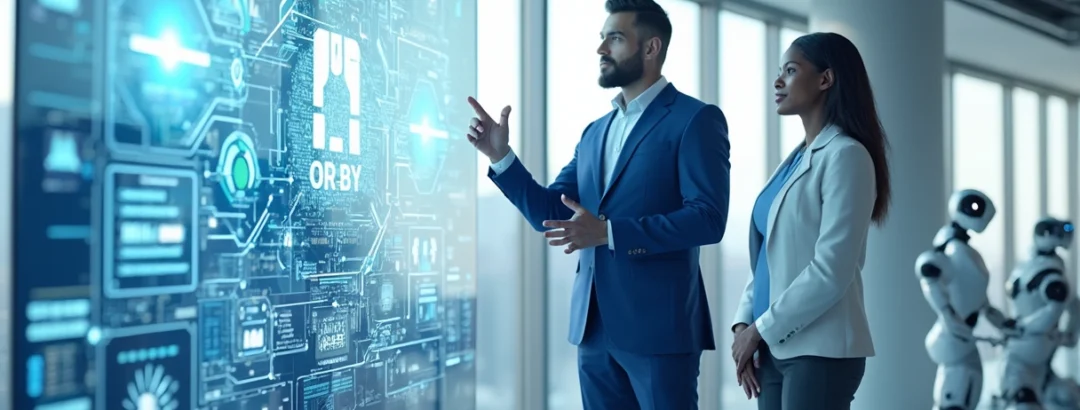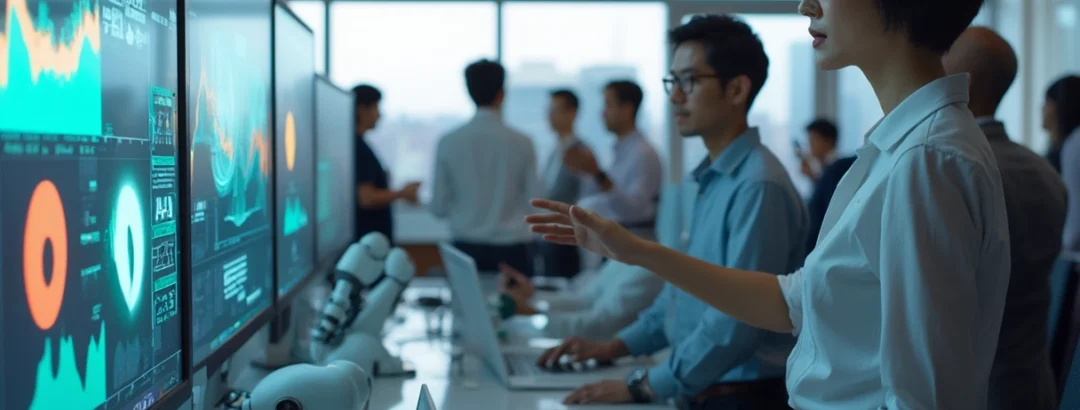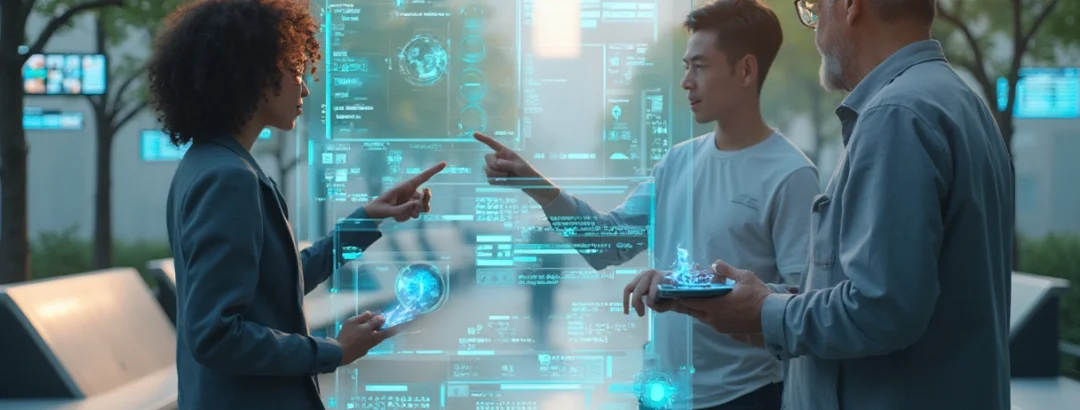As we approach 2024, the landscape of artificial intelligence is poised for significant transformation. The next frontier in AI development is the migration of generative AI from cloud-based systems to edge computing. This shift represents a pivotal moment in the evolution of AI technologies, promising more immediate, localized, and efficient processing capabilities.
The transition to edge-based generative AI is not merely a technological upgrade; it’s a paradigm shift that will redefine how we interact with and implement AI systems. By bringing AI closer to the point of data generation and consumption, we can expect reduced latency, enhanced privacy, and improved real-time decision-making capabilities. This second wave of generative AI at the edge is set to surpass the impact of its cloud-based predecessor, offering more meaningful and context-aware applications across various sectors.
Alongside this shift, there’s a growing emphasis on responsible AI and machine learning practices. The increasing deployment of AI systems in critical domains has spotlighted the need for model accuracy and ethical considerations. Edge-based machine learning offers a distinct advantage in this regard, providing greater transparency and control over model decisions. This localized approach allows for easier comprehension and correction of AI behaviors, addressing some of the key challenges associated with black-box cloud models.
Industry 4.0 and the AI Revolution
The manufacturing sector is at the cusp of a revolutionary change, with Industry 4.0 technologies set to see widespread adoption. The convergence of sensors, machine learning, computer vision, robotics, and edge computing is creating a new paradigm for smart factories. These technologies are not just enhancing efficiency; they’re reimagining the entire manufacturing process.
In parallel, researchers are making significant strides in developing foundation models for robotics, drawing inspiration from the success of large language models. This approach aims to create more versatile and adaptable robotic systems capable of handling a wide range of tasks with minimal reprogramming. The integration of generative AI with model-based planning, simulation, and optimization frameworks is expected to yield powerful new tools for complex engineering and design tasks.
One of the most exciting developments is the potential for generative AI to collaborate with human experts and optimization tools in rapidly designing intricate engineering systems. This synergy between human creativity and AI capabilities could dramatically accelerate innovation cycles across industries.
The Rise of Autonomous Robots
Advancements in robotics are not limited to industrial applications. Biped and quadruped robots are becoming increasingly adept at navigating complex real-world environments autonomously. These robots are poised to revolutionize fields such as search and rescue, exploration, and even personal assistance.
The integration of AI-driven systems into every stage of the manufacturing process is set to redefine productivity and quality control standards. From design and prototyping to production and quality assurance, AI will play a crucial role in optimizing operations and reducing inefficiencies.
The convergence of AI and physical devices is expected to drive transformative changes across various industries. This integration will not only enhance existing processes but also open up new possibilities for innovation and problem-solving in fields ranging from healthcare to urban planning.
However, with great power comes great responsibility. As AI expands into regulated fields such as healthcare and finance, we can expect increased scrutiny on AI companies and developers. This heightened attention will likely lead to more stringent regulations and a greater emphasis on ethical AI development practices.
As we stand on the brink of these exciting developments, it’s clear that 2024 will be a landmark year for AI and its applications. The move towards edge-based generative AI, coupled with advancements in robotics and Industry 4.0 technologies, promises to usher in a new era of intelligent automation that is more efficient, responsible, and transformative than ever before.





